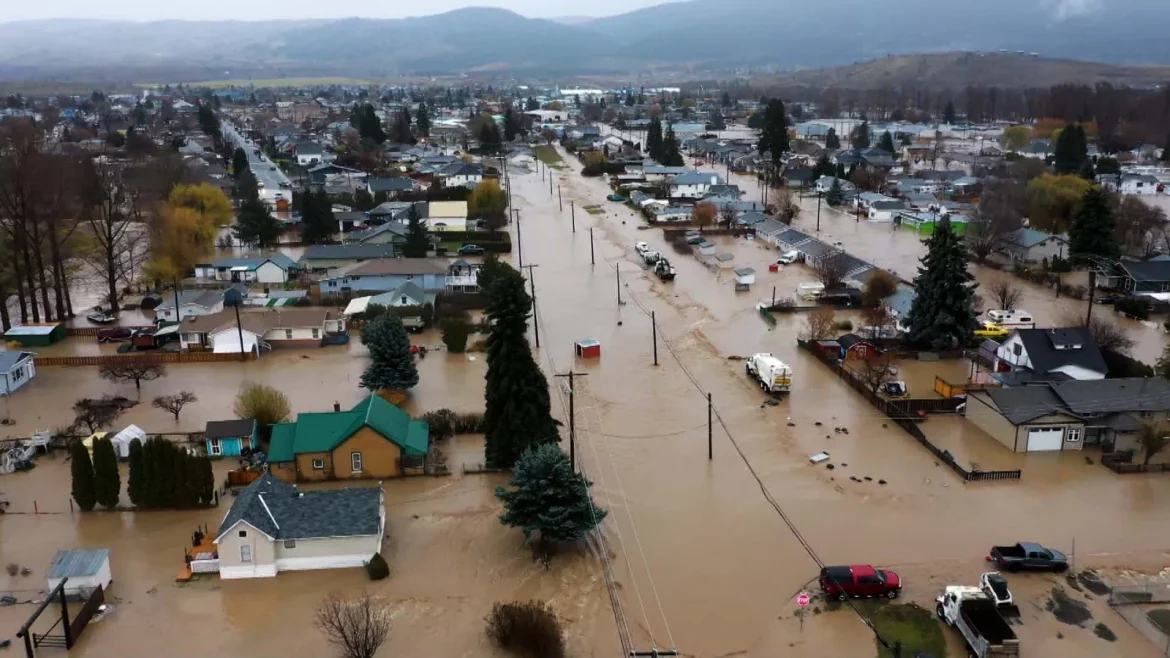The Asian Development Bank has said that Pakistan’s economy is already battling to reestablish macroeconomic and fiscal stability as its forecast for the fiscal year that ends in June 2023 has worsened due to significant flooding.
In addition to tight monetary policy, high inflation, and an unfavourable global environment, the ADB reports that the disruption and destruction caused by the flood are anticipated to hinder real GDP growth.
According to the research, Pakistan’s economy has already been hampered by stabilization attempts to address significant fiscal and external imbalances as well as double-digit inflation. Now, devastating floods have added to that burden.
The upcoming agricultural season is also threatened by flood damage because wheat is typically grown starting in mid-October. Additionally, it is anticipated that the floods will have an impact on services, particularly transportation and wholesale trade, as well as on industry, particularly textiles and food processing. According to the research, floods have a negative impact on essential crops including cotton, rice, and others.
Read also: USAID provides $2.5 million aid for devastating flooding in Chad
According to the ADB assessment, Pakistan is expected to experience temporary food shortages and price increases in the fiscal year 2023 as a result of a weaker currency, increased domestic energy prices, crop and livestock losses and supply disruption due to floods.
Transportation issues have made these shortages worse, thrown off other domestic supply chains, increased inflationary pressures, and complicated production.
The prediction for South Asia’s inflation is raised slightly for 2022 from 8.1% to 8.2% and more significantly for 2023 from 7.4% to 7.9%. Higher inflation predictions for Bangladesh, Nepal, Pakistan, and Sri Lanka are mostly reflected in the sub-regional revision for 2023.
For the rest of the sub-region, inflation predictions for 2023 are unchanged. India’s inflation is still anticipated to increase to 6.7 per cent in the fiscal year 2022.
According to the report, South Asia is on track to meet the growth forecast of 6.5pc in 2022, but the forecast for 2023 is downgraded slightly from 6.5pc to 6.3pc. The sub-regional revision for 2023 largely reflects lower forecasts for Bangladesh and Pakistan.
This story was adapted from DAWN.
